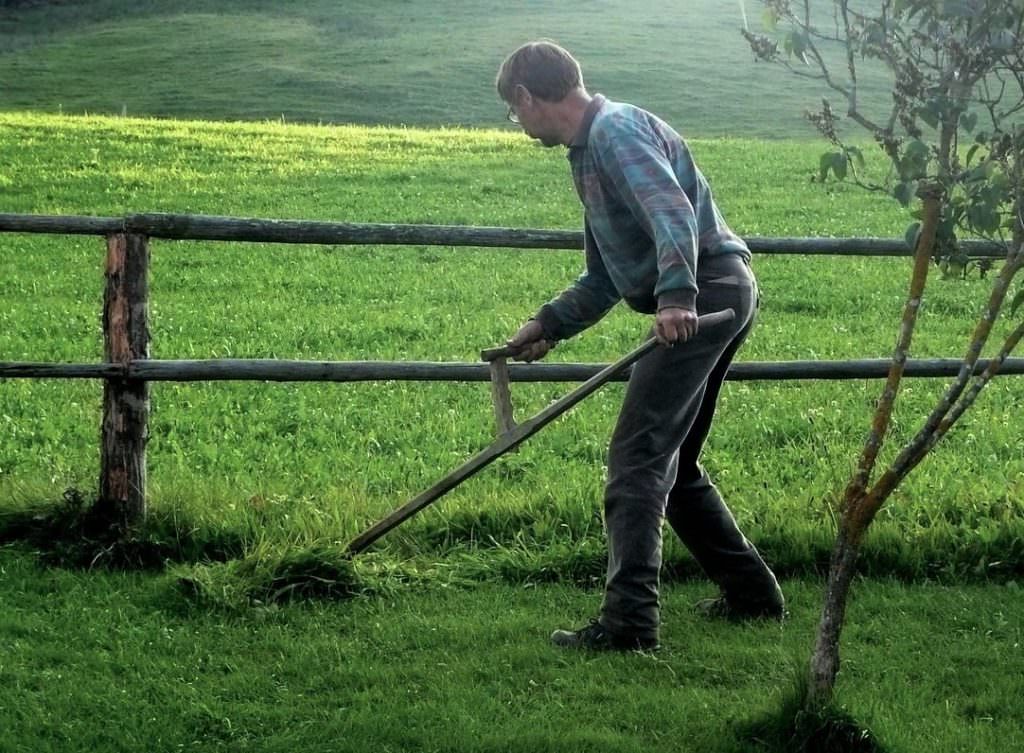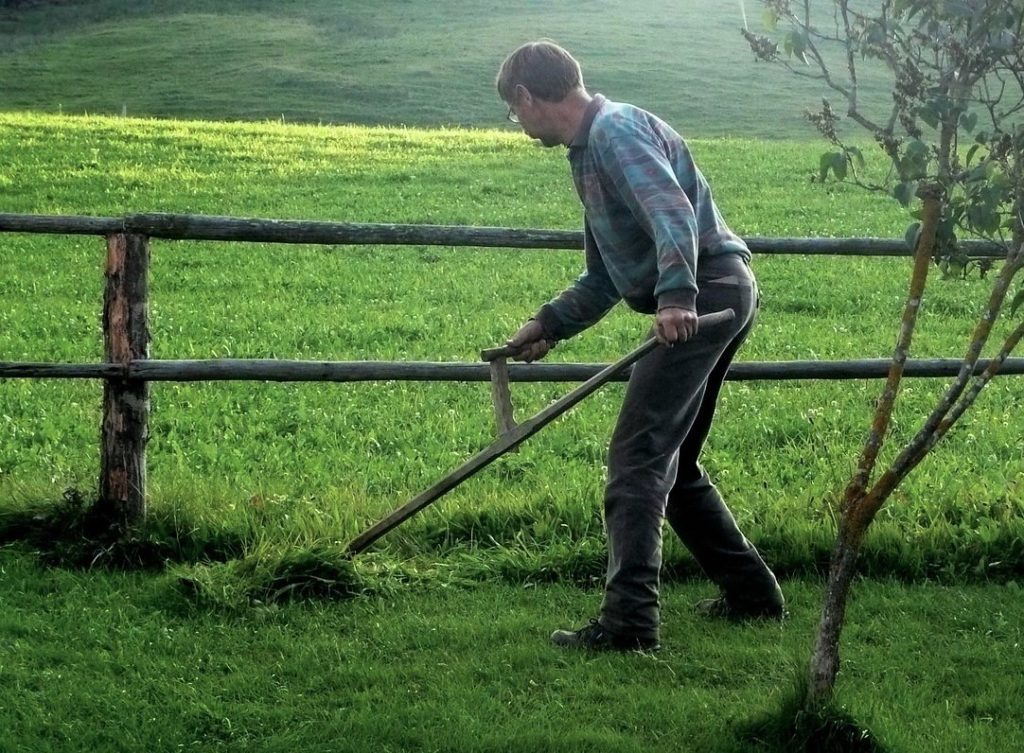The American lawn is an icon of homeownership, social gatherings, and family fun. Unfortunately, the perfect grass lawn is resource-intensive. Lawns must be irrigated, weeded, fertilized, and mowed in most climates. As lawn technology, including tools, fertilizers, pesticides, and watering systems, improves more resources are dedicated to these highly manicured monocultures.
A considerable amount of gasoline is consumed to power two-stroke gas mowers, which spew out emissions that account for up to 5% of the United State’s total air pollution. This figure doesn’t include leaf blowers and edgers, which are also known to cause considerable pollution.
Although the numbers vary widely, the EPA estimates that 580 million gallons of gasoline are used annually in the U.S., whereas the DOE estimates 1.2 billion gallons. Keep this in mind the next time you shop for yard equipment: using a gas-powered lawnmower for just one hour generates as much air pollution as driving 350 miles.

Thankfully, these air quality issues can be largely solved by using alternatives techniques and mowers. Push mowers and scythes are both good options, depending on your lawn’s size, interest in learning a new skill (scythe), and terrain. Let’s explore some of the possibilities.
Cleanest
Push-Reel Lawn Mowers
These mowers are human-powered and turn a spiral of several blades that rotate when pushed, cutting the grass.
Pros: These mowers don’t use fuel and generate no exhaust. They are quiet to operate, so you won’t annoy the neighbors if you are an early bird in the yard. Push lawn mowers are lightweight compared to gas-powered units, making them easier to lift and maneuver. They are simple, cheaper, and don’t need to be powered up. When properly maintained, they can last a long time.
Better yet, a push mower is also a good form of exercise.
Cons: Push mowers don’t always cut every blade of grass, and most aren’t suitable for very tall grass. Many push-reel manufacturers recommend taking two passes at the lawn, which is more time consuming, especially for larger lawns.
The blade needs to be sharpened, requiring occasional maintenance. As the name implies, some physical exertion is required, making them a poor match for people with physical limitations or large lawns.
Mowing with a Scythe
A scythe is a curved blade attached to a long handle that is commonly used to cut grass, wheat, and other crops. Scythes were used extensively in Europe and North America until the beginning of the 20th century. They can be used successfully on sloped landscapes and have been experiencing a revival recently in certain places. The ideal time to mow is early in the morning when the lawn is covered with dew. The blade needs to be sharpened and then honed with a wet stone.

Emissions-free mowing with a scythe. Image by pixabairis from Pixabay
Pros: Scythes are suitable for hilly and rocky terrain, and they can cut very tall grass that isn’t suitable for gas or push mowers. Some people find it quite gratifying to use a scythe — even meditative. The scythe is human-powered, so it requires no fuel is required and it generates no emissions.
Like the push mower, the user gets a workout, which is a pro or con depending on your perspective.
Cons: Mowing with a scythe requires physical exertion and there is a learning curve involved in getting started. Proper technique is essential, yet this is not a widespread skill. The blade needs to be kept sharp to cut properly.
Cleaner
Electric Lawn Mowers
These mowers use either batteries or a long cord to provide power instead of gasoline. The battery capacity limits the run time on a battery-powered mower. When deciding between a gas versus an electric trimmer, many of the same benefits and drawbacks exist.
Pros: Although electric mowers don’t require fuel or directly create emissions, they do still consume electricity. Their environmental friendliness depends partially on the type of fuel used to generate that electricity, so check with your utility. They are economical to maintain because they don’t need oil changes, spark plugs, or air filters, although replacement batteries (if needed) can be expensive. Electrified mowers are lighter in weight than their gas-powered counterparts, making them easier to carry and maneuver.
Cons: If you want a long run time — greater than 60 to 90 minutes — a battery-powered mower might not be the ideal option unless you have spare batteries. However, it can be difficult if not impossible to mow a large yard with a corded mower, especially if there isn’t an outlet near the lawn. Also, beware of tangling the cord into the motor. If much of your power comes from dirtier sources such as coal, the environmental benefits of an electric mower decrease.
The post Mowing the Lawn Without Pollution appeared first on Earth 911.








